The Power of Emotion in Modern Art – How Feelings Shape Creativity
Art has always been more than color and composition — it’s emotion made visible. Every stroke, every line, and every form holds a story that speaks directly to the heart. In the world of modern art, emotion is not just inspiration — it’s the foundation of creativity itself.
💭 The Emotional Language of Art
Artists don’t simply paint what they see; they paint what they feel. Whether it’s joy, pain, nostalgia, or hope, emotion becomes the invisible energy that gives life to their work.
In Styon Art, emotion drives every creation. It transforms materials — canvas, metal, or digital pixels — into carriers of meaning and personal truth.
🔥 Why Emotion Matters in Art
Emotion is what connects the viewer to the artwork. A painting that makes someone pause, smile, or reflect has fulfilled its deepest purpose.
Here’s why emotion is essential:
It builds an emotional bridge between artist and audience.
It transforms ordinary visuals into memorable experiences.
It invites personal interpretation, making every viewer part of the story.
🌈 How Artists Channel Emotion
Color psychology: Warm tones for passion, cool tones for calm, contrast for conflict.
Abstract forms: Allowing emotion to speak through shapes and rhythm instead of realism.
Texture and light: Creating mood and depth that mirrors emotional complexity.
Music and memory: Many artists create while listening to soundtracks that evoke certain feelings.
🌍 Emotion and the Modern World
In today’s fast-paced digital age, emotion gives art its timeless power. As technology grows more complex, authentic emotion reminds us of our humanity. That’s why at Styon Art, every creation is more than design — it’s a heartbeat on canvas.
✨ Final Thought
Art without emotion is decoration. Art with emotion is connection. Through every color, every curve, and every concept, Styon Art captures the essence of what it means to feel — and transforms it into something eternal.




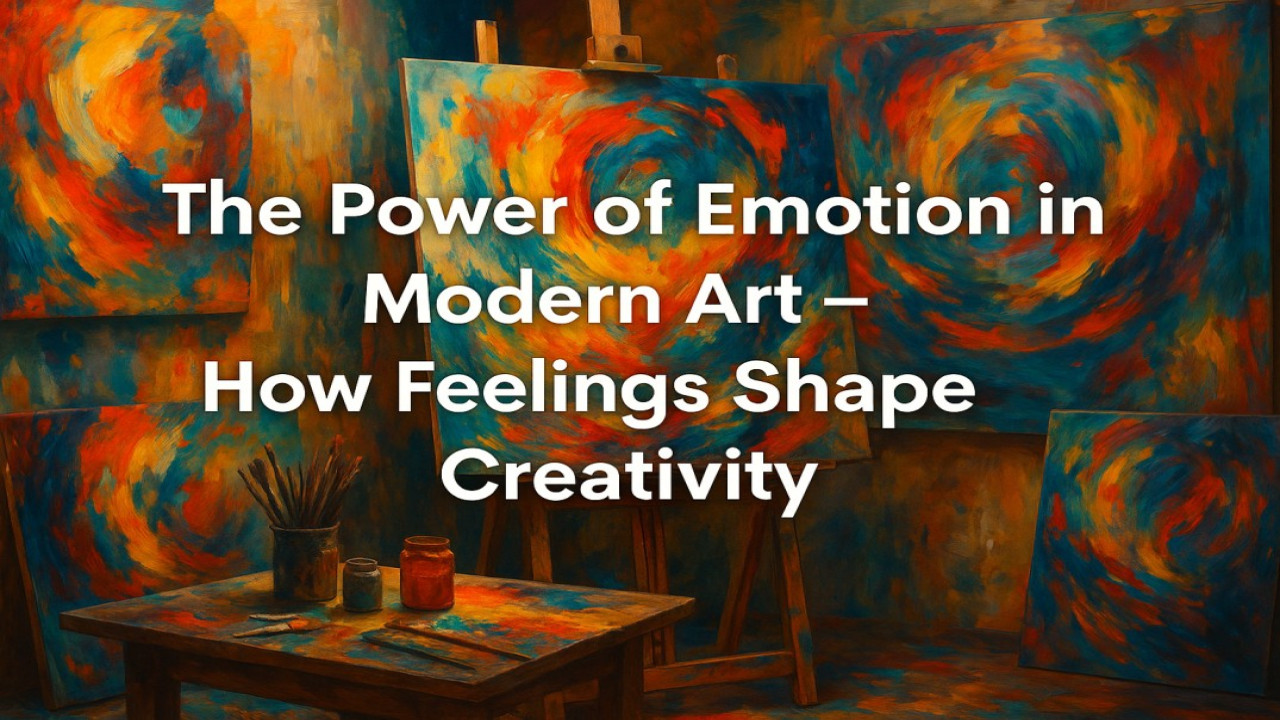

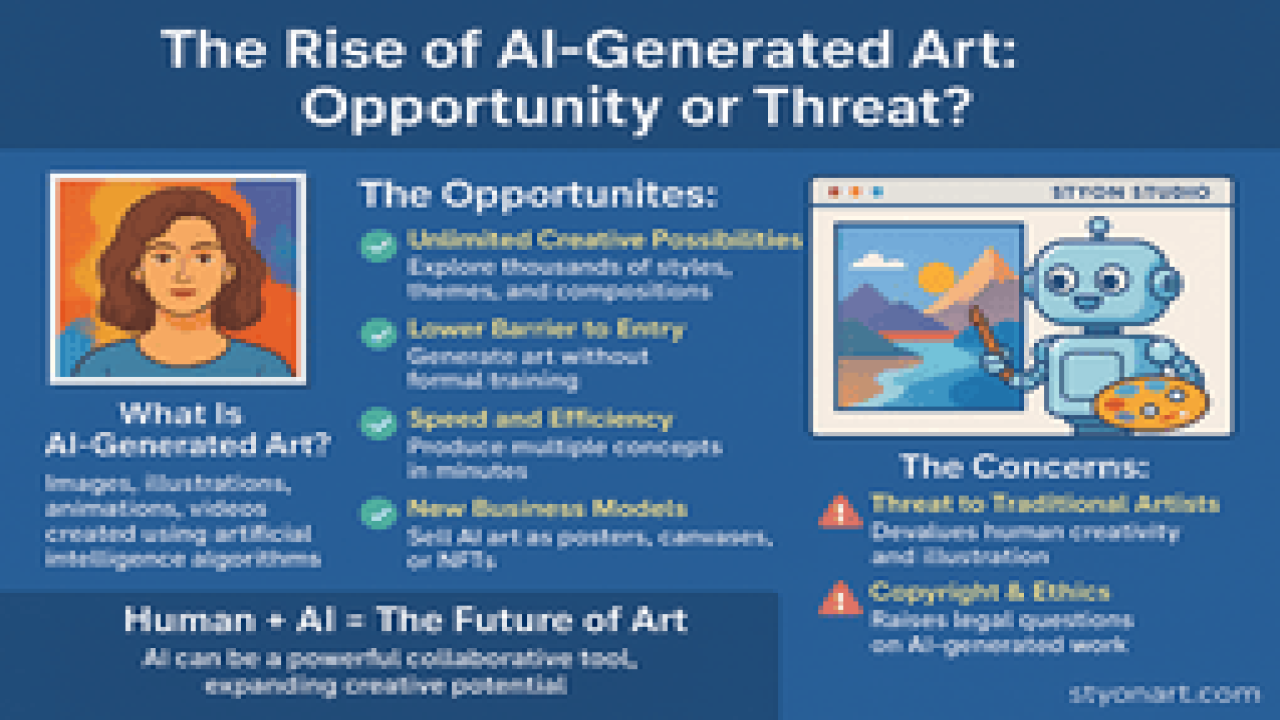
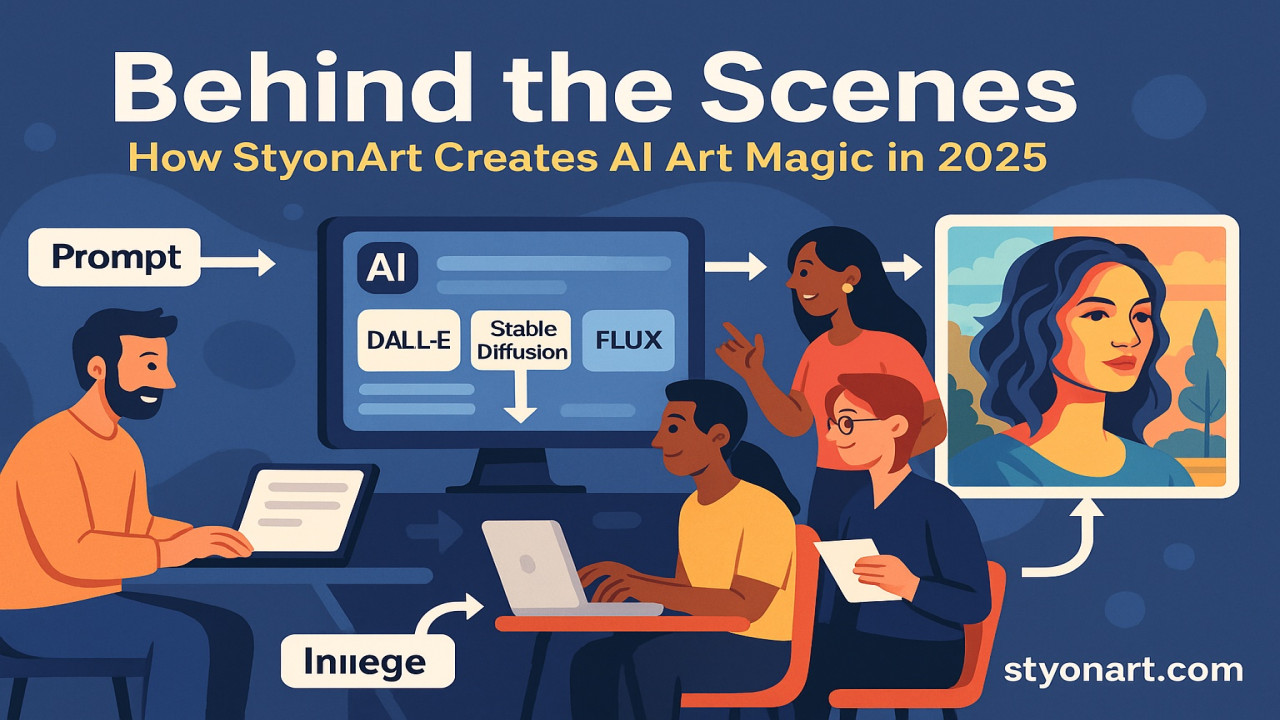

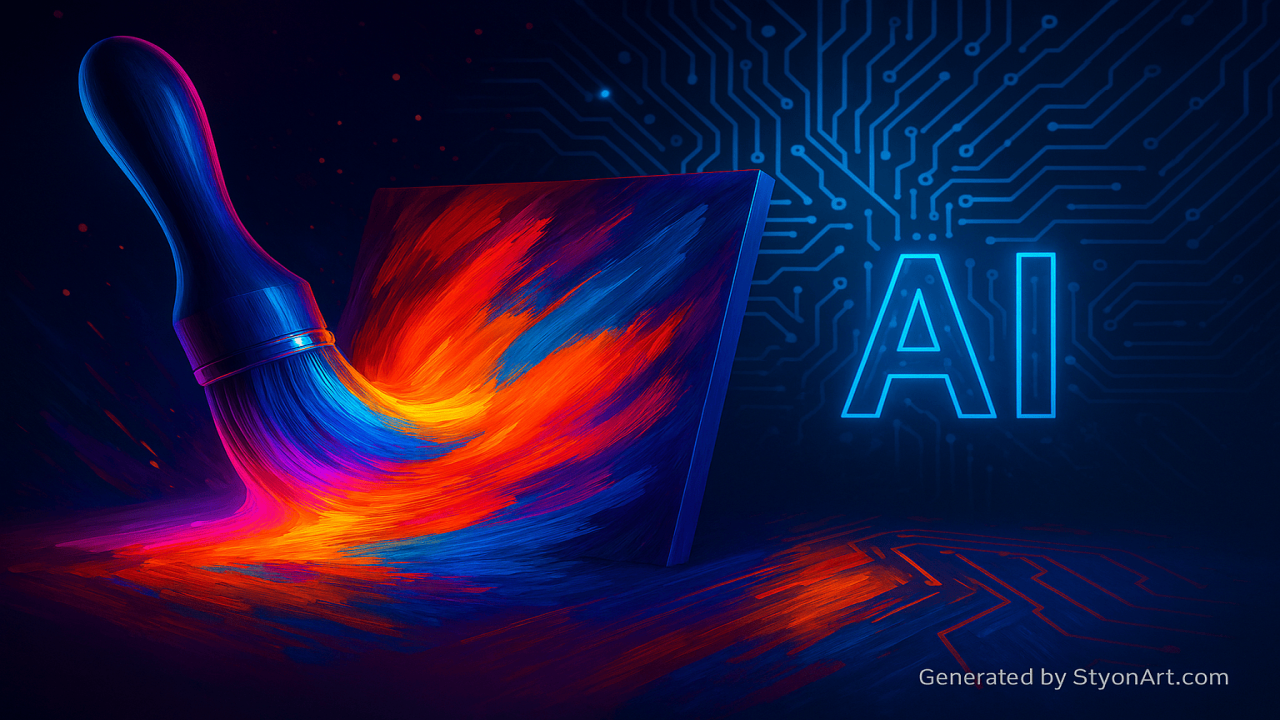

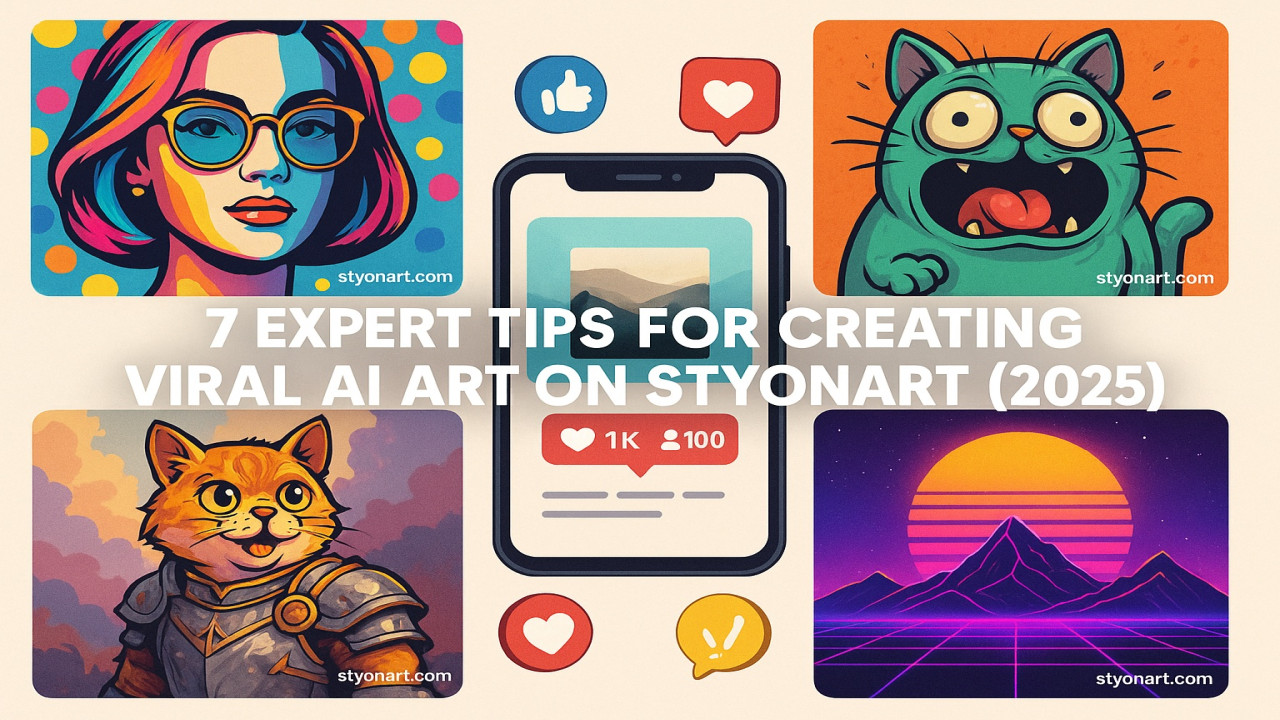
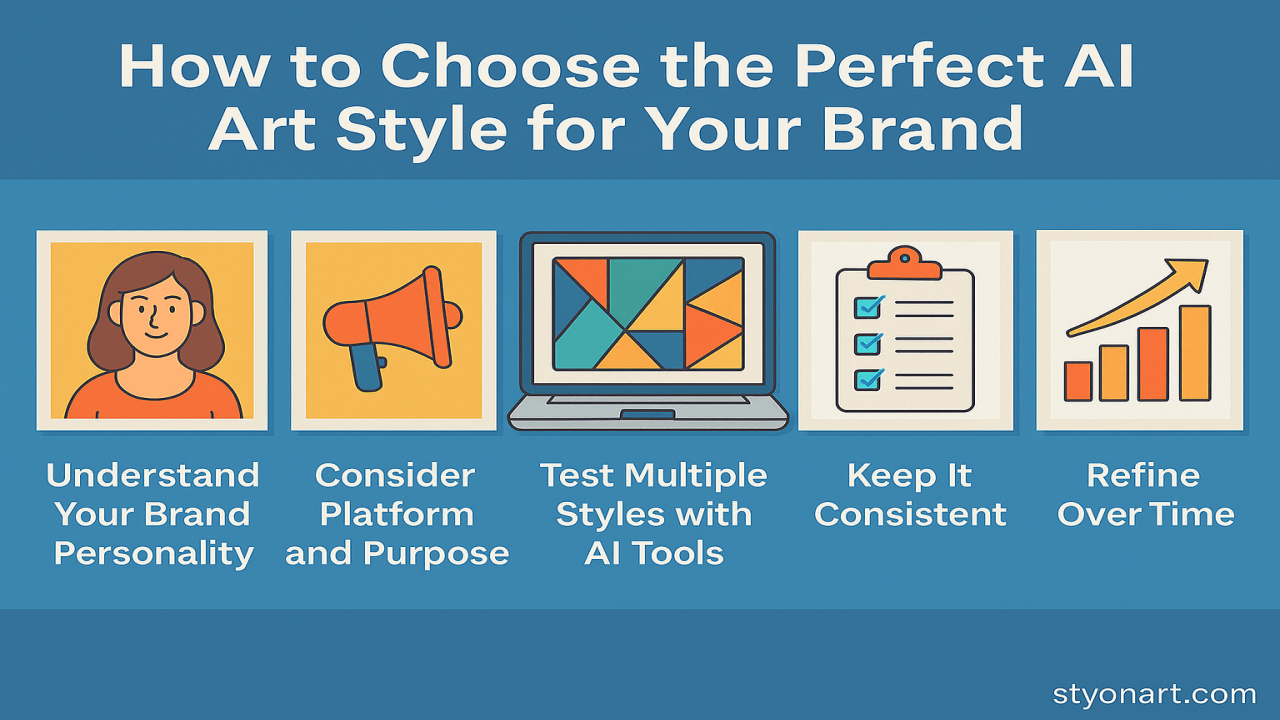
Comments (0)
No comments found